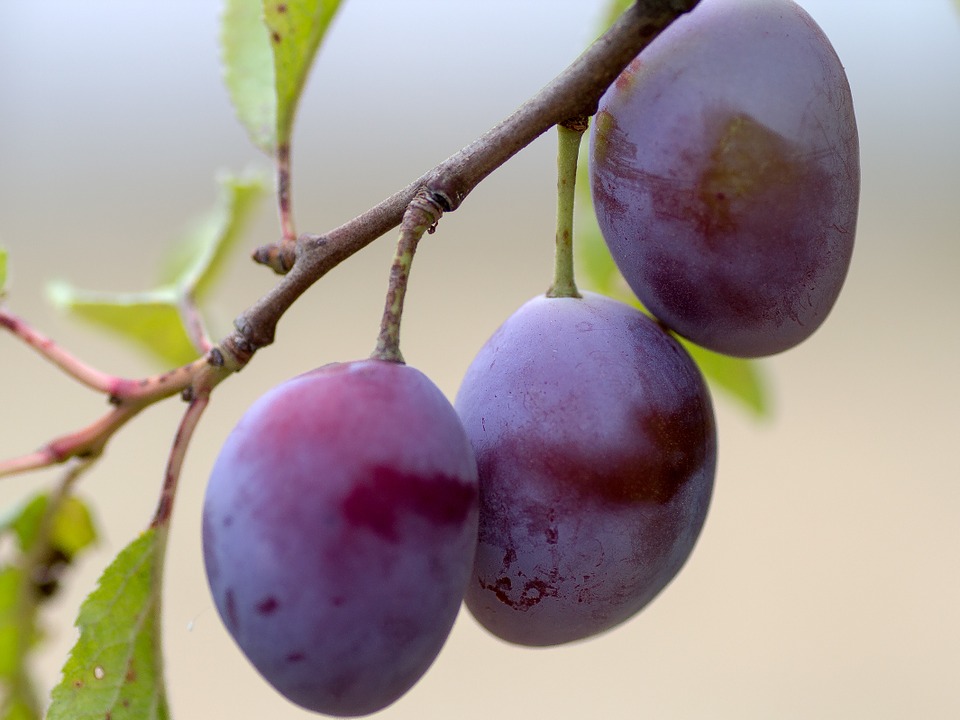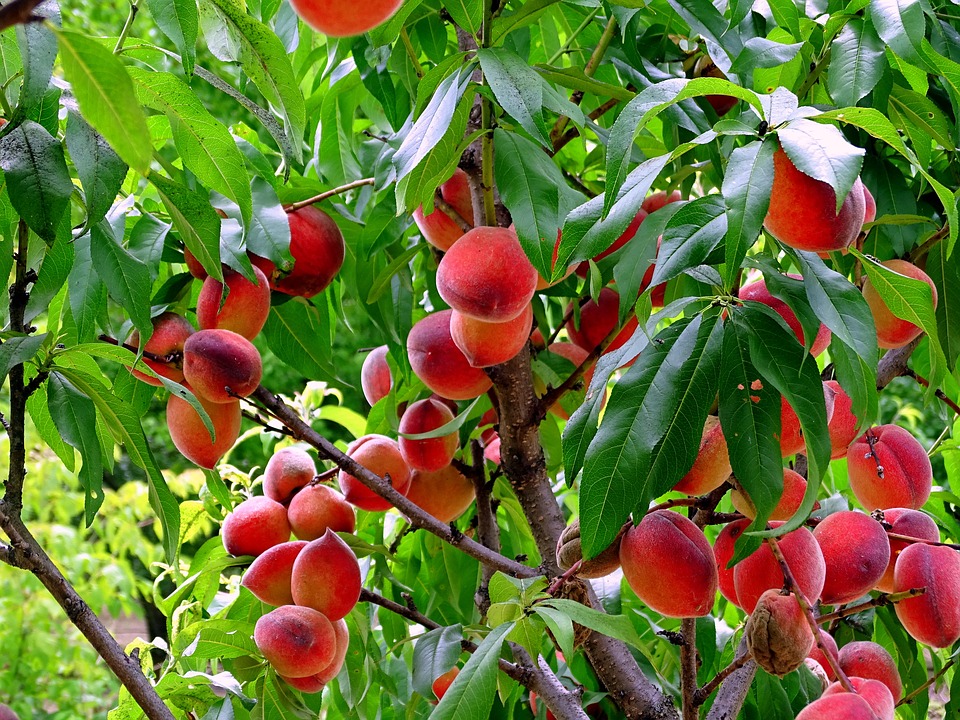Summer is in full swing, and so are Ontario’s peaches, pears, plums, cherries, nectarines, apricots and Coronation grapes. Pick up an array of these sweet treats while they are at their most ripe and flavourful at your local grocery stores, on-farm markets and farmers’ markets across the province.
Ontario is home to an incredible group of hardworking farmers across 49,600 farms producing over 200 nutritious and delicious food items for our province, our country and the world. The Niagara fruit belt is Ontario orchard garden that produces 90% of Ontario’s tender fruit crop.
Ontario’s tender fruit is delicious and nutritious.
 Peaches and nectarines
Peaches and nectarines
The specific name persica refers to peaches’ widespread cultivation in Persia (modern-day Iran), from where it was transplanted to Europe. Peaches and nectarines are the same species, even though they are regarded commercially as different fruits. A mutation in a single gene is responsible for the hair or no-hair difference between them.
Raw peach or nectarine flesh is 89% water, 10% carbohydrates, and 1% protein. They are a good source of vitamin C. A medium raw fruit, weighing 100 g (3.5 oz), supplies 39 calories, and contains small amounts of essential nutrients. However, they are packed with health-beneficial phytochemicals.
Some 110 chemical compounds contribute to peach aroma, including alcohols, ketones, aldehydes, esters, polyphenols and terpenoids
 Pears
Pears
Pears are consumed fresh, canned, as juice, and dried. Fermented pear juice is called perry or pear cider and is made in a way that is similar to how cider is made from apples.
Raw pear is 84% water, 15% carbohydrates. In a 100 g reference amount, raw pear supplies 57 calories, and a good source of dietary fiber.
Pears ripen at room temperature. Do you know that they will ripen faster if placed next to bananas in a fruit bowl? Try!
 Plums
Plums
Often, a mature plum fruit may have a dusty-white waxy coating that gives them a glaucous appearance. Dried plum fruits are called “dried plums” or prunes, although, in many countries, prunes are a distinct type of dried plum having a wrinkled appearance.
Raw plums are 87% water, 11% carbohydrates, and 1% protein. In a 100 gram amount, raw plums supply 46 Calories and are a moderate source only of vitamin C (12% Daily Value). Plums have luxutive properties.
 Apricot
Apricot
In a 100-gram amount, raw apricots supply 48 Calories and are composed of 11% carbohydrates, 1% protein, less than 1% fat and 86% water. Raw apricots are a good source of vitamin A and vitamin C (12% of the Daily Value each).
Apricots contain various phytochemicals, such as provitamin A beta-carotene and polyphenols, including catechins and chlorogenic acid. Taste and aroma compounds include sucrose, glucose, organic acids, terpenes, aldehydes and lactones.
Dried apricots are a type of traditional dried fruit. The world’s largest producer of dried apricots is Turkey. When treated with sulfur dioxide (E220), the colour is vivid orange. Organic fruit not treated with sulfur dioxide is darker in colour and has a coarser texture. When apricots are dried, the relative concentration of nutrients is increased, with vitamin A, vitamin E, potassium and iron having Daily Values above 25%.
Source:
- https://news.ontario.ca/omafra/en/2019/08/love-me-tender-love-me-sweet.html
- https://news.ontario.ca/omafra/en/2019/08/ontario-celebrates-food-day-canada.html


















